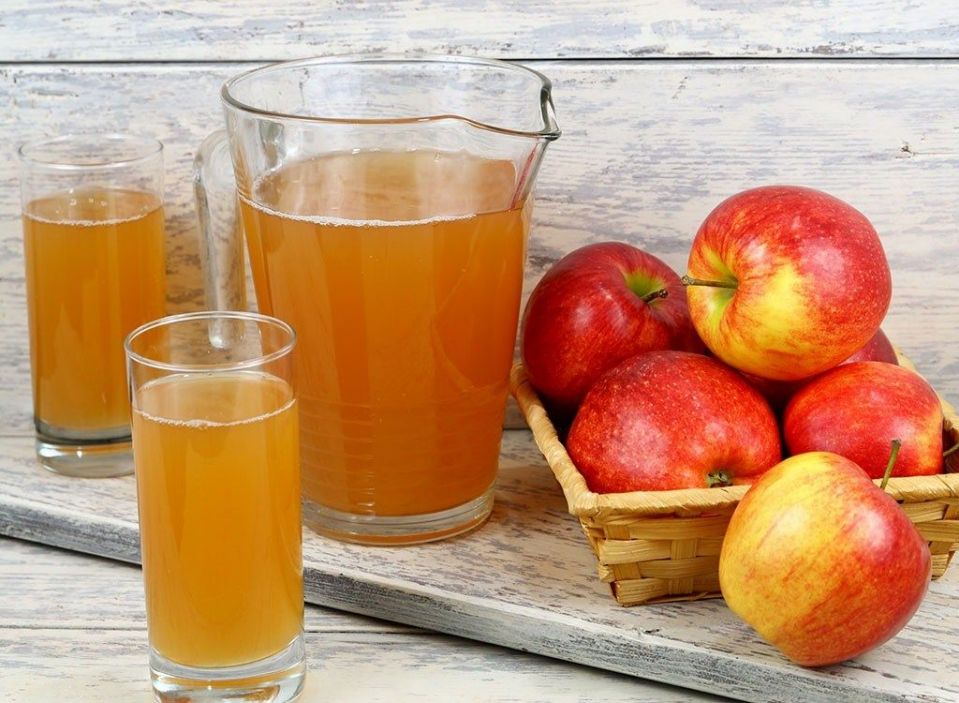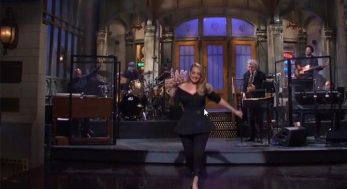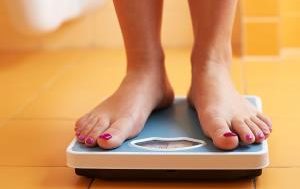If you eye a cookie you can easily see how eating a lot of them can contribute to weight gain. Sugary drinks, on the other hand, don’t look very fattening. But unlike a cookie, sugar-sweetened beverages don’t do much to quell hunger even though they are loaded with calories. In fact, research shows that when people consume rapidly-digested carbohydrates in liquid form rather than in solid form they don’t feel full and they don’t eat less afterward to compensate for the extra calories, suggests a review by epidemiologists at Harvard School of Public Health.
Numerous studies suggest that the quickly-digested carbs in sugar-sweetened beverages are the key contributor to the epidemic of overweight and obesity in the United States. According to the National Center for Health Statistics, 25% of Americans consume at least 200 calories from sugary drinks every day and 5% drink at least 567 calories worth daily, or the equivalent of four cans of soda.
Are you swallowing more calories than you are aware of? Here’s a list of the unhealthiest beverages to drink if you are trying to lose weight. And for more, make sure you avoid these 108 Most Popular Sodas Ranked By How Toxic They Are.
1
100% Apple Juice
Or any 100% juice for that matter. It makes the unhealthy list because, well, it sounds so healthy: “100% real juice” potentially leading you to chug it without concern. (Related: 7 Worst ‘Healthy’ Foods You’re Eating, According to a Dietitian.) But the more concentrated sugar and calories in fruit juice can lead to obesity and inappropriate weight gain, according to a study published in the journal Pediatrics. Sure, 100% juices provide vitamins and other nutrients, but the high natural sugar content (even when no sugars are added) is on par with a can of soda.
RELATED: Sign up for our newsletter to get daily recipes and food news in your inbox!
2
Juice Blends
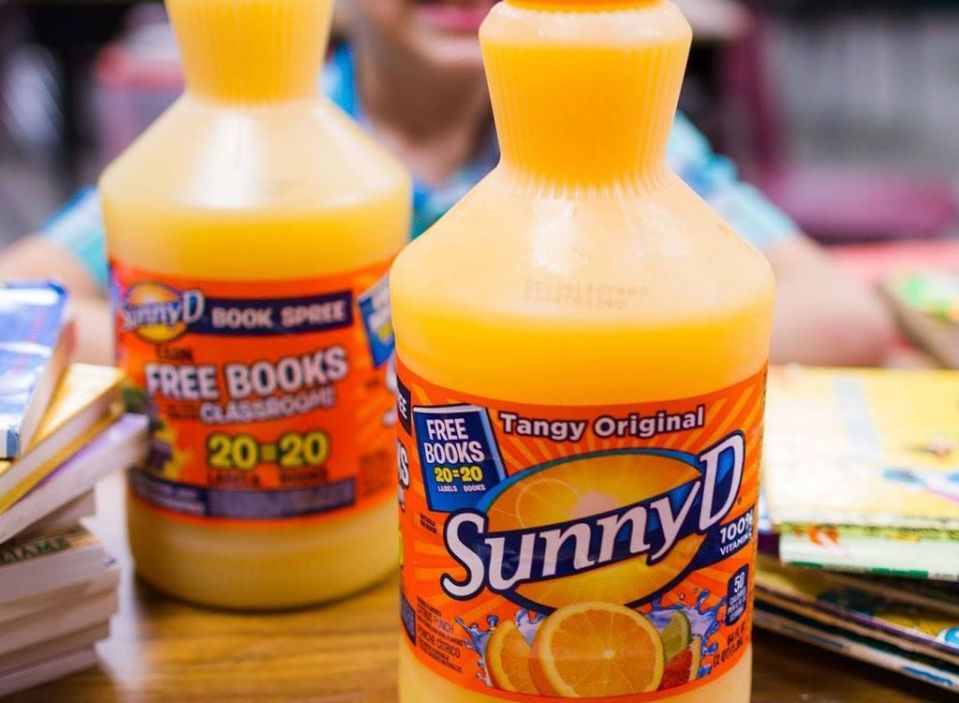
Juice blends like Sunny D and Hi-C contain very little real fruit juice, typically just 5% or 10%. Look on the label; the second ingredient in most — behind water — is high fructose corn syrup (HFCS). Derived from corn starch, HFCS is cheaper than sugar, which is why food manufacturers use it. But it’s also sweeter than sugar and more quickly absorbed by the body. This can spike blood sugar levels that quickly drop and may trigger cravings for more of these empty calories that can cause weight gain. Clinical studies have yet to show HFCS causes obesity, diabetes, and other illnesses, but many studies show that HFCS is associated with those diseases, according to Harvard Health.
3
Bottled Smoothies
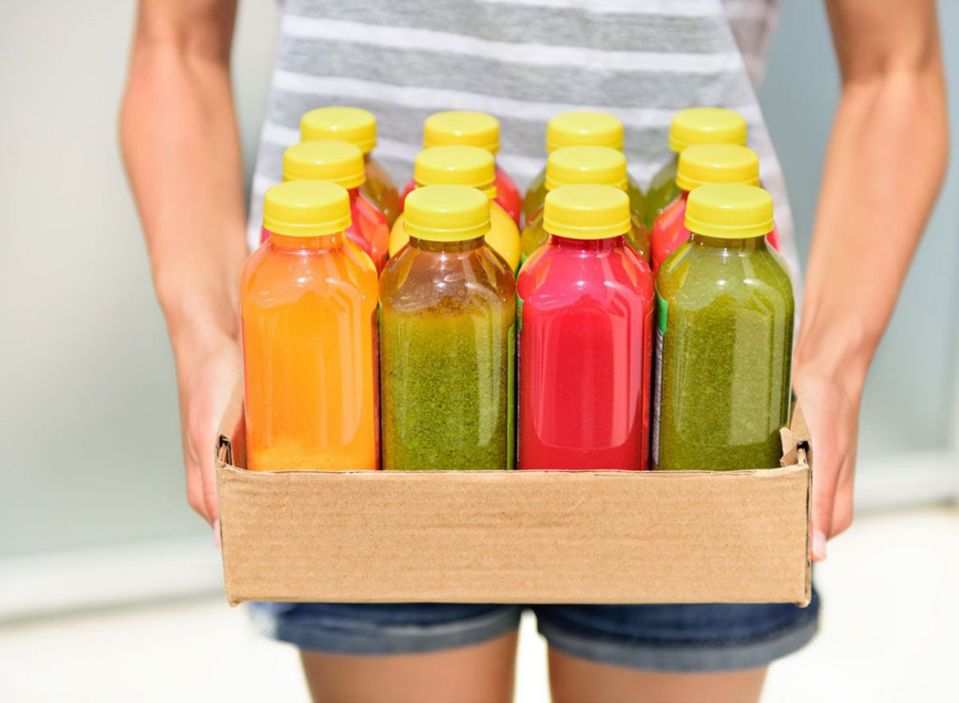
It’s no surprise that regular soda is a terrible beverage if your goal is weight loss. It’s full of empty calories and high fructose corn syrup or natural sugar. But at least you know what you’re drinking. Some bottled smoothies contain as much if not more sugar than soda, yet they carry a health halo, tricking you into thinking they’re healthful because of the name, their packaging, or the list of natural ingredients like real fruit and vegetables. A quick word about “natural sugars”: These come from the fructose naturally found in fruits and vegetables, which, naturally, sounds healthier than “added sugars,” right? When you consume fructose from eating whole fruits and vegetables you are getting the beneficial fiber, which slows the impact of the sugar on your blood sugar. Juicing fruits and vegetables removes most if not all of this fiber, leaving you with simple sugars, which has the same caloric effect on your body as added sugars. The American Heart Association recommends that women and men should consume no more than 100 and 150 calories from per day, respectively, from added sugars.
4
Soda
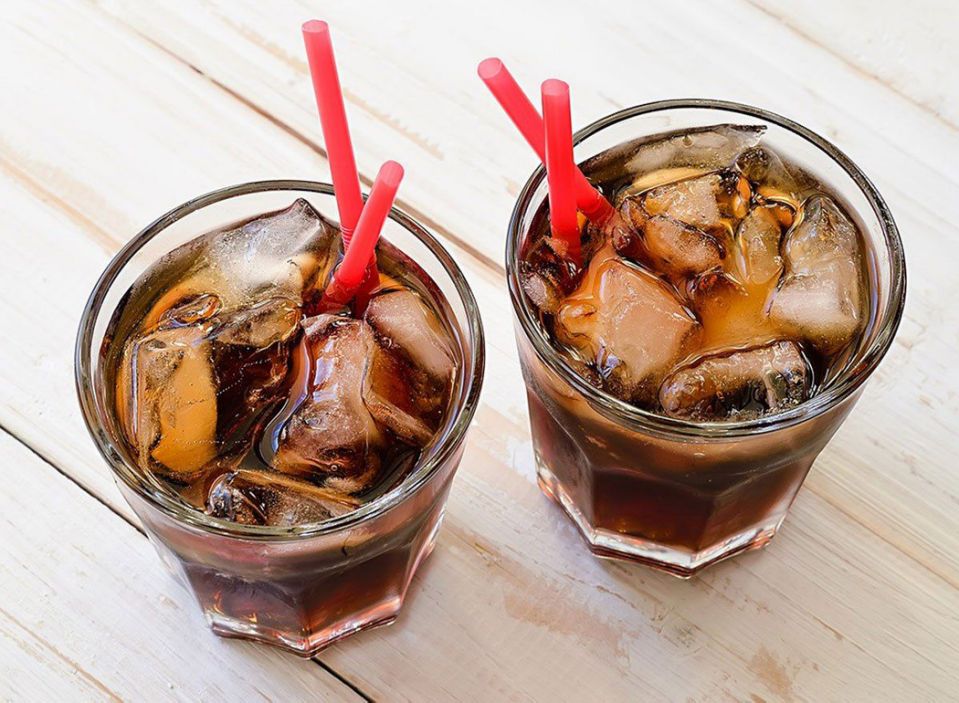
This one’s obvious, right? But did you know that the average 12-ounce can contains about 12 teaspoons of sugar (that’s double the amount in a chocolate bar) and about 130 calories? Drink one or more sodas a day and you could be looking at not only a bigger belly but more visceral abdominal fat, the most dangerous kind because it surrounds your organs. An analysis using data on 2596 middle-aged adults from the Framingham Heart Study reported in the Journal of Nutrition determined that daily drinkers of sugar-sweetened beverages like soda had a 10% higher volume of visceral fat than people who did not drink soda.
5
Alcoholic Beverages
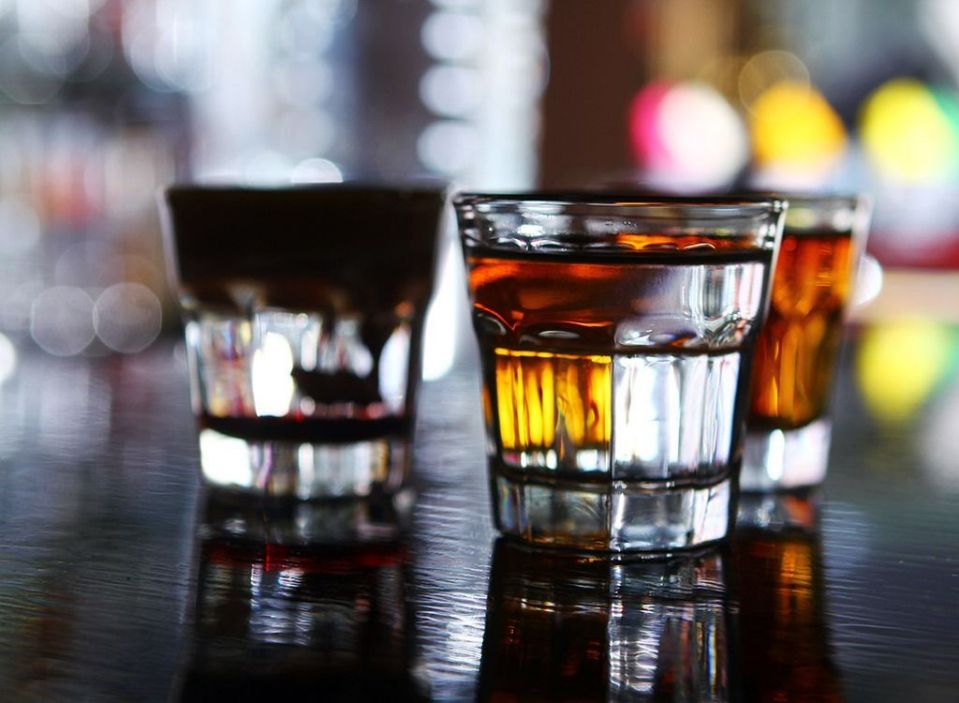
They call it a “beer belly” for a reason, but it’s not just drinking a beer every day that can cause weight gain. Heavy drinking of wine and spirits can add pounds and extra tissue around the midsection. Alcohol adds empty calories to your diet. What’s more, it hampers your body’s ability to burn fat. See, when alcohol is metabolized in the liver, it turns into acetate. A rise in acetate levels flips a switch that causes our bodies to burn acetate as fuel first before moving on to glucose (from carbs) or fat. Drinking alcohol may influence weight gain in other ways, too. Alcohol can interfere with quality sleep, disrupting hormones that control hunger and satiety. You may have noticed that alcohol can trigger cravings for unhealthy foods. Back to beer: With the current popularity of craft beers, it’s worth noting that craft IPAs and stouts typically carry higher alcohol contents in the 7 to 10 alcohol-by-volume (ABV) range and about 100 calories more than you find in most lagers and pilsners. A popular IPA can clock in at upwards of 450 calories per 12-ounce bottle.
6
Fast-Food Milkshakes
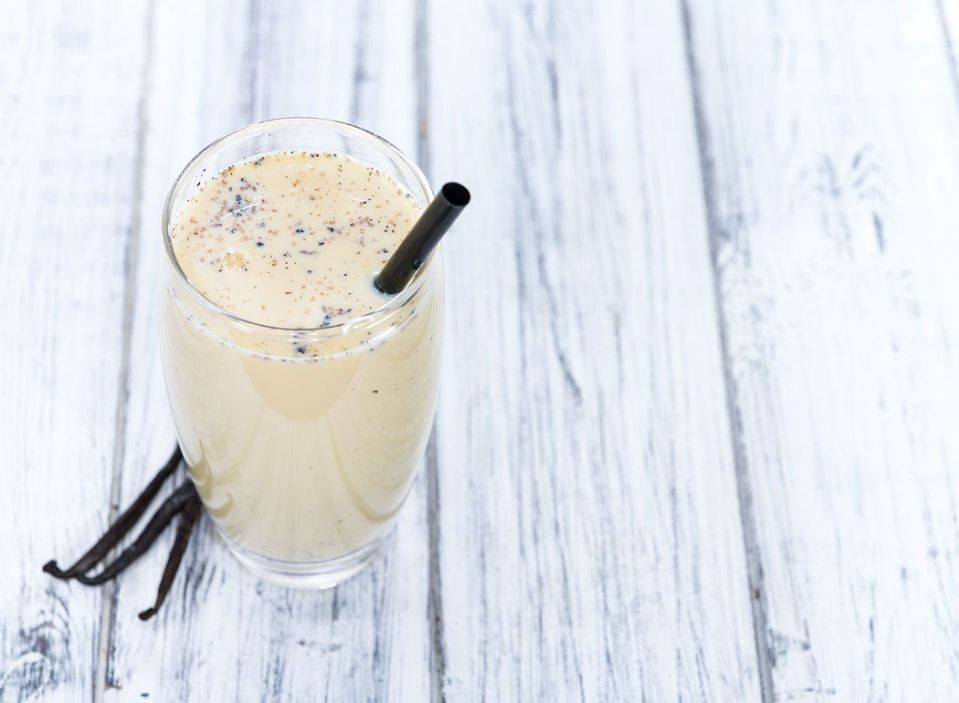
A “freak shake” is an ice cream-based milkshake of gargantuan proportions topped with anything from brownies and slices of birthday cake to Snickers bars, pretzel rods, and Hershey’s Kisses. These trendy monster shakes available at ice cream parlors are clearly over the top, but the traditional fast-food milkshake isn’t much better. Take a large chocolate shake from McDonald’s, for example. With a whipped cream topping, that shake weighs in at 840 calories, 22 grams of fat (14 of those are saturated fats), and 122 grams of sugar, making it one of the unhealthiest drinks if your goal is weight loss. What’s more, the shake contains one gram of trans-fat, which is known to raise your bad (LDL) cholesterol and lower the good (HDL), increasing your risk of developing heart disease. (Related: 20 Foods That Can Help Lower Your Risk of Heart Disease.)
7
A Large Blended Coffee Beverage
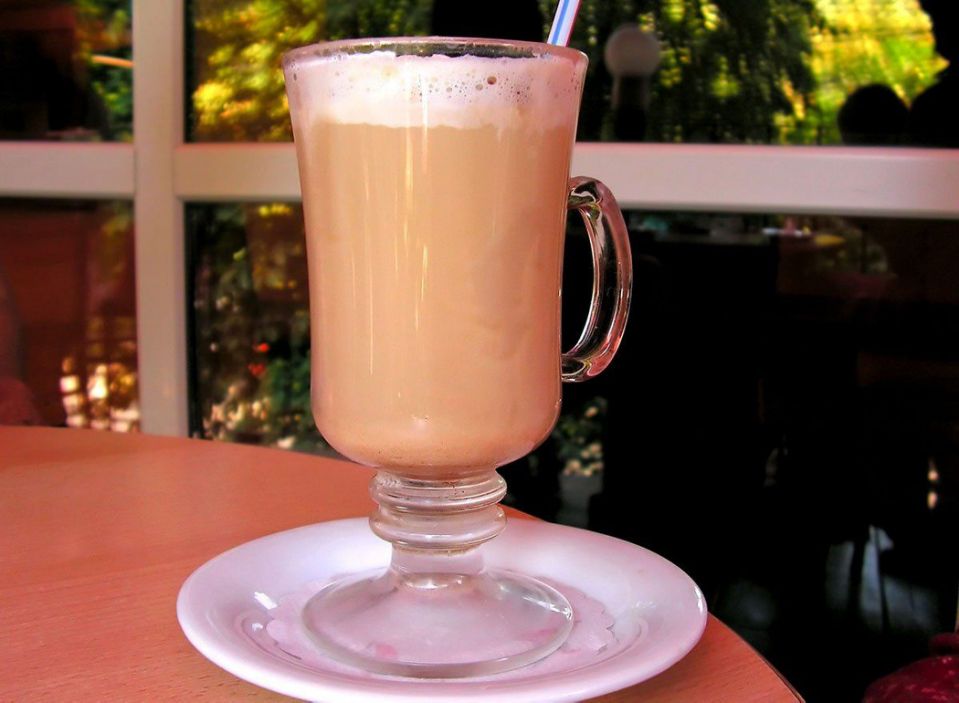
We’re talking about those big 24 ounces that hardly resemble coffee; they’re made with lots of squirts of sweeteners, chocolate and caramel flavorings, and confectioners’ sugars and palm oil. Some of the worst pack 560 calories, 14 grams of saturated fat, and 80 grams of sugars. Have one of these every day and you can easily put on more than a pound of body weight in just one week. “A lot of coffee and tea drinkers regularly use caloric add-ins to improve the flavor of their beverages, but possibly without fully realizing or taking into consideration its caloric and nutritional implications,” said Ruopeng An, a health professor at the University of Illinois, author of a study analyzing coffee consumption published in the journal Public Health. People who add sweeteners, cream or other substances to their coffee consume about 69 more total calories on average per day than those who drink their coffee black, the researcher found. Speaking of which, are you aware of 7 Things You Should Never Add to Your Coffee?
